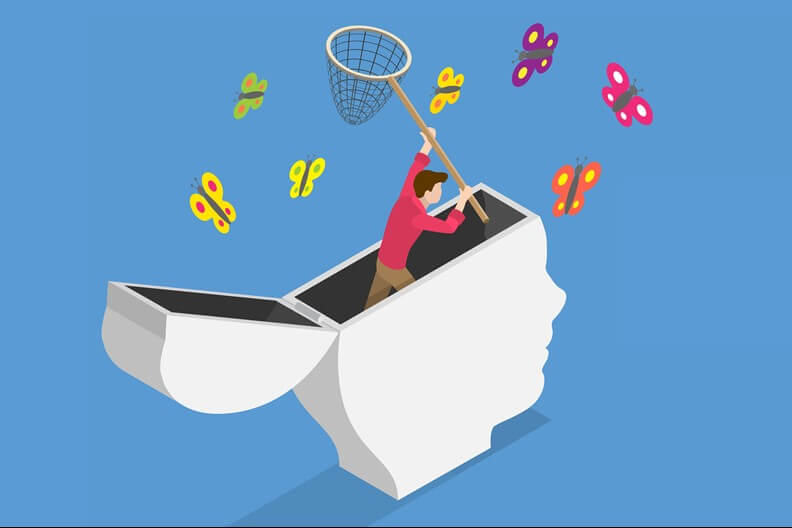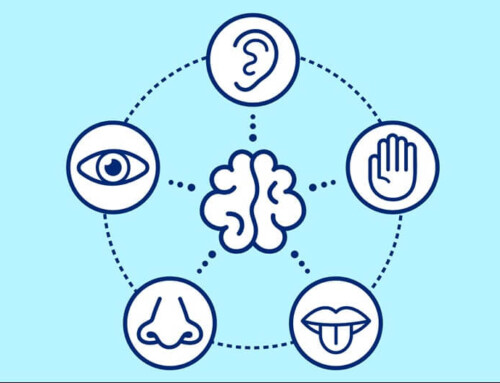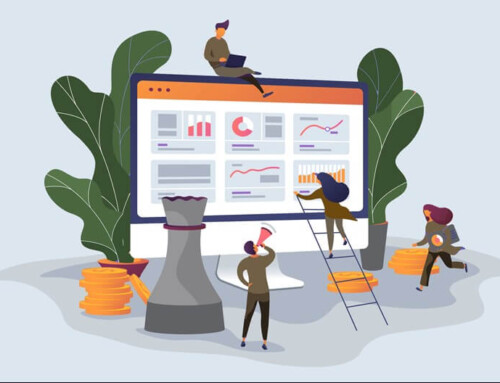We live in a hyper-stimulated world where attention spans are shrinking by the minute. If you think that distractions are not an issue for your employees, consider this: Distractions prevent nearly 61% of employees from focusing on their work, even for just an hour or two at a time. (1)
In addition to the task at hand, factors including coworkers, family, friends, social media, and news alerts on their smartphone all fight for your employees’ attention.
Distracted employees present an even greater problem when it comes to meetings. Take the people who dislike meetings, combine them with those who appreciate meetings but have trouble focusing during them, and add in-house meetings that are too long or aren’t productive. You will be left with attendees who spend the time doing other work, are texting with co-workers or someone else, or thinking about something else entirely.
Before you throw up your hands in despair, check out how strategies like taking meetings offsite can eliminate distractions and help employees focus.
HOLD MEETINGS OFFSITE
One of the best ways to effectively eliminate distractions is to remove employees from the place where these distractions persist – namely, the office or their home. Instead of shuffling into a conference room or opening a virtual meeting application, hold some of your meetings at an offsite location.
When people get to work in a different place than their usual post, it ramps up engagement levels. For example, college students whose professor takes them outside to enjoy the weather on a lovely day perk up and are more inclined to give that day’s lesson their attention. They feel inspired and energized by the change in scenery, even if they have walked past it many times.
Ideas of great offsite meeting venues include:
- The common area of a mountaintop cabin with a sweeping view of the surrounding peaks
- An escape room where colleagues work together to solve puzzles related to the meeting topic
- The parlor of a beautifully restored historic mansion
- A sectioned gallery within a modern art museum
- A VIP box prior to a sporting event
- The tasting room of a winery or brewery, with the concoctions a reward for a productive meeting session
- A botanical garden with an outdoor meeting space swathed in flowers
- The stage of an old-fashioned theater reserved exclusively for your group for the day
And while treating employees to far flung destinations for corporate meetings is beneficial and encouraged, local venues like the above work just as well.
As you can imagine, venues like these “wake up” employees by taking them out of their usual surroundings. Offsite meetings also remove interruptions such as customers or suppliers, phone calls, emails as well as disruptions by coworkers like shoulder-tapping, clutter/disorganization, gossip, or micromanagement just to name a few.
Regardless of whether you are staying near or traveling far, incorporating the local culture into the meeting in some way is a powerful way to ramp up engagement. You can do so in many ways, from using local vendors to treating attendees to cultural events in the evenings. Examples of the latter include a class that teaches them how to cook traditional local dishes, a trip to a history museum and a guided tour of the area fauna and flora.
INJECT MEANING INTO EVERY MEETING
What is a meaningful meeting, exactly? It can take several different forms.
First and foremost, preparing a solid agenda is critical. A good agenda will make the purpose of the meeting crystal clear for both the leaders running it and the workers attending it. An agenda literally gives the meeting meaning in this way.
Second, encourage every single employee to participate. The key word here is “encourage.” You do not want to make shy people feel pressured or fear future meetings. Make a statement along the lines of, “We value every single team member’s contribution and, if you are comfortable doing so, we would love for you to share your insight.” It is as simple as that.
Another way to encourage participation and make meetings meaningful is to change the format.
- Turn agenda items into questions or use polling.
- Conduct a brainstorming session using a software platform to inject a bit of fun.
- Use small breakout groups for hands-on exercises or to get to know others in the organization.
By surprising attendees in positive ways, you help keep them on their feet intellectually and tuned into the meeting.
KEEP MEETINGS SHORT AND INTIMATE
Bigger is definitely not better when it comes to the length and size of offsite meetings. In fact, the longer and bigger a meeting is, the greater the risk of distractions. This is especially true if one person makes a presentation that takes most of the time to finish. An agenda is tremendously helpful to ensure a balance between presentation and interactivity. It will also keep attendees on track and set the stage for more productive, effective meetings.
Except for town hall or all-hands-on-deck style meetings, take a more-is-less approach for the number of people you invite to each meeting. Stick to the ones whose contributions are important for the topic or purpose of the meeting. Doing so creates an intimate setting where every attendee feels like they can play an active role.
SET HIGH STANDARDS FOR MEETINGS AND EMPLOYEES WILL RESPOND
When you implement the strategies above, you create a situation where meetings are a valuable way for employees to spend their time. From taking meetings offsite to making them meaningful, these techniques will minimize distractions and keep attendees’ attention.
Do you want to hold your next corporate meeting at an inspiring venue? If so, contact Gavel International to see how working with a meeting planning company can benefit your organization.
_______________________
SOURCE(S):
1 https://hbr.org/2023/01/7-ways-managers-can-help-their-team-focus
This article was last updated on May 8, 2025
- 4 Tips for Preserving Company Culture and Morale While Scaling Up - June 23, 2025
- Revitalize Meetings with Engaging Breakout Sessions - June 9, 2025
- Reconsider Best Practices Before They Leave Your Business Stranded - May 26, 2025






